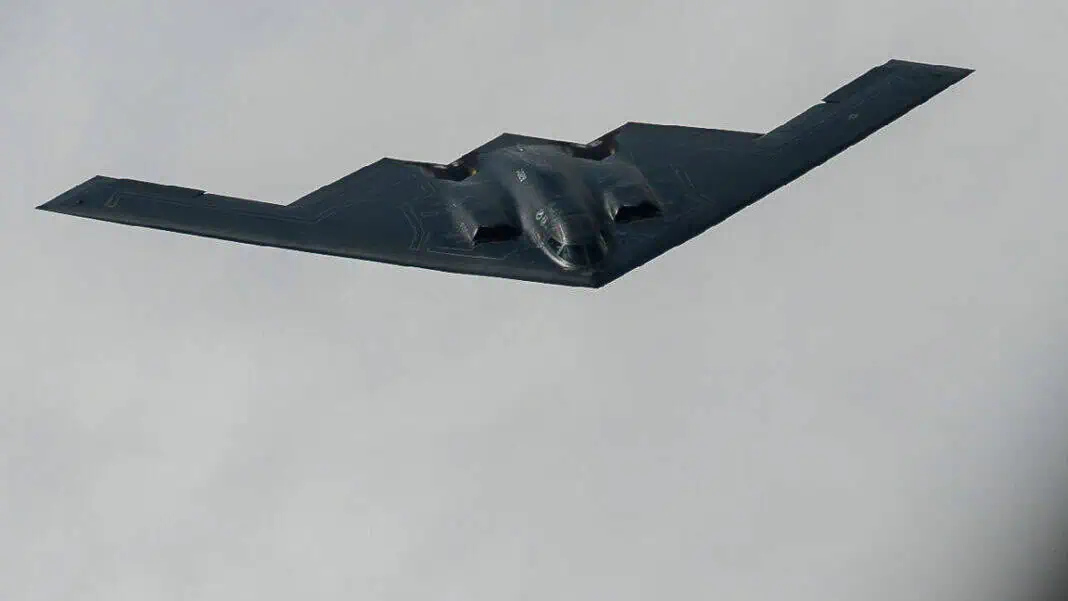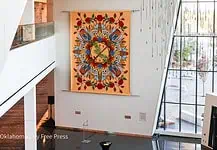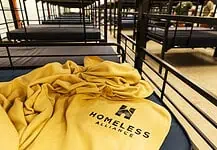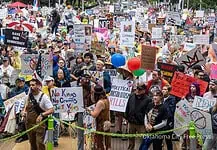WASHINGTON, D.C. — The White House announced that overnight, U.S. military jets struck three Iranian nuclear sites—Fordow, Natanz, and Isfahan—in what President Trump described as a “tremendous success.”
President Trump, addressing the nation from the White House, said the objective was “the destruction of Iran’s nuclear enrichment capacity and a stop to the nuclear threat posed by the world’s number one state sponsor of terror.” He added, “Tonight, I can report to the world that the strikes were a spectacular military success. Iran’s key nuclear enrichment facilities have been completely and totally obliterated.”
Earlier remarks by senior military officials and ABC News indicate that U.S. B‑2 stealth bombers were employed in the operation, although it’s currently unclear whether the massive 30,000‑pound bunker‑buster bombs were deployed. These bunker‑busters are believed to have been used, particularly against the deeply buried Fordow site, which lies 200–300 feet beneath a mountain, making penetration strikes necessary.
President Trump emphasized the coalition effort, stating, “I want to thank and congratulate Prime Minister Bibi Netanyahu. We worked as a team like perhaps no team has ever worked before.” He further noted that Israel was given advance warning of the mission.
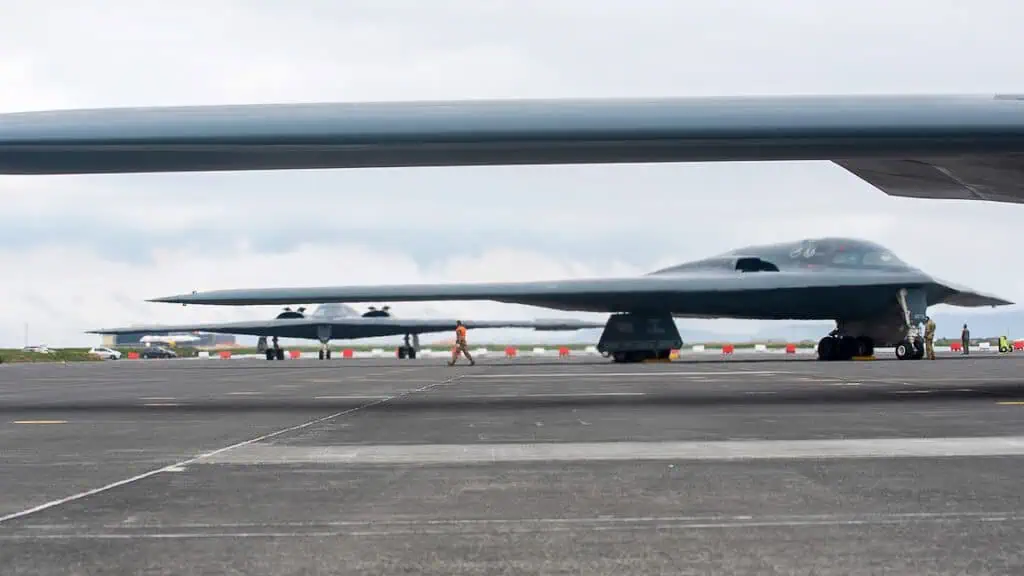
Campaign promise
This marks a departure from Trump’s repeated campaign pledge to avoid new Middle East conflicts. According to ABC News, the president initially told his national security team he planned to allow “two weeks” to assess a peaceful resolution. Within 48 hours, however, he ordered the strikes.
Trump framed the operation as both necessary and decisive: “Iran, the bully of the Middle East, must now make peace. If they do not, future attacks will be far greater and a lot easier… There will be either peace or there will be tragedy for Iran, far greater than we have witnessed over the last eight days.”
Wider military buildup
The strikes follow over a week of escalating violence, beginning with Israeli airstrikes inside Iran and reciprocal attacks on Tel Aviv. In response, the U.S. has sent a third aircraft carrier strike group into the Middle East, the first time since 2003 that so many have been deployed in the region.
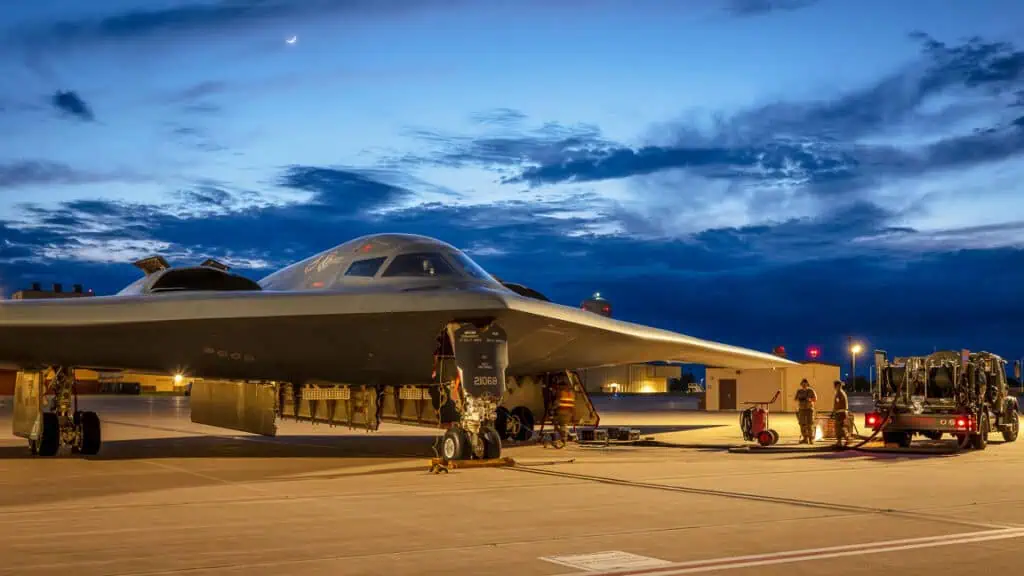
Retired Col. Steve Ganyard told ABC News that Fordow, being built deep underground, would have required heavy bunker-busting bombs—possibly up to six of them—while Natanz and Isfahan may have been hit by Tomahawk cruise missiles. He said, “Only the United States has a bomber capable of carrying … 30,000‑pound weapons.”
Iran’s response and regional implications
While President Trump warned of “future attacks” if Iran continues its nuclear efforts, the long-term regional consequences remain unclear. Iran has vowed “severe” retaliation, with potential responses from its armed proxies—including Hezbollah and Yemen’s Houthi rebels.
Analysts warn that the U.S. and Israel will need to prepare for retaliatory strikes against military or civilian locations in Israel, Iraq, Syria or Gulf states. A senior IDF official reportedly told ABC News that Iran “has neutralized 50% of all Iran’s capacity to fire missiles,” though Israeli civil-defense authorities have urged their public to shelter and brace for more attacks.
U.S. diplomatic missions across the Middle East have increased security and evacuated families of personnel. Thousands of U.S. troops already stationed in Iraq, Syria, Bahrain, and elsewhere may come under attack in retaliation, experts say.
What’s next
The White House confirmed that Defense Secretary Pete Hegseth and Gen. Dan McKenzie, chairman of the Joint Chiefs of Staff, will hold a Pentagon briefing at 8 a.m. ET to provide further details. From the White House, the president said the operation was “like nothing the world has seen in many, many decades” and offered hope that further military action might no longer be necessary.
Brett is the founder, and editor in chief of Oklahoma City Free Press. He continues to contribute reporting and photography to the efforts of the publication as well as leadership in developing support.
